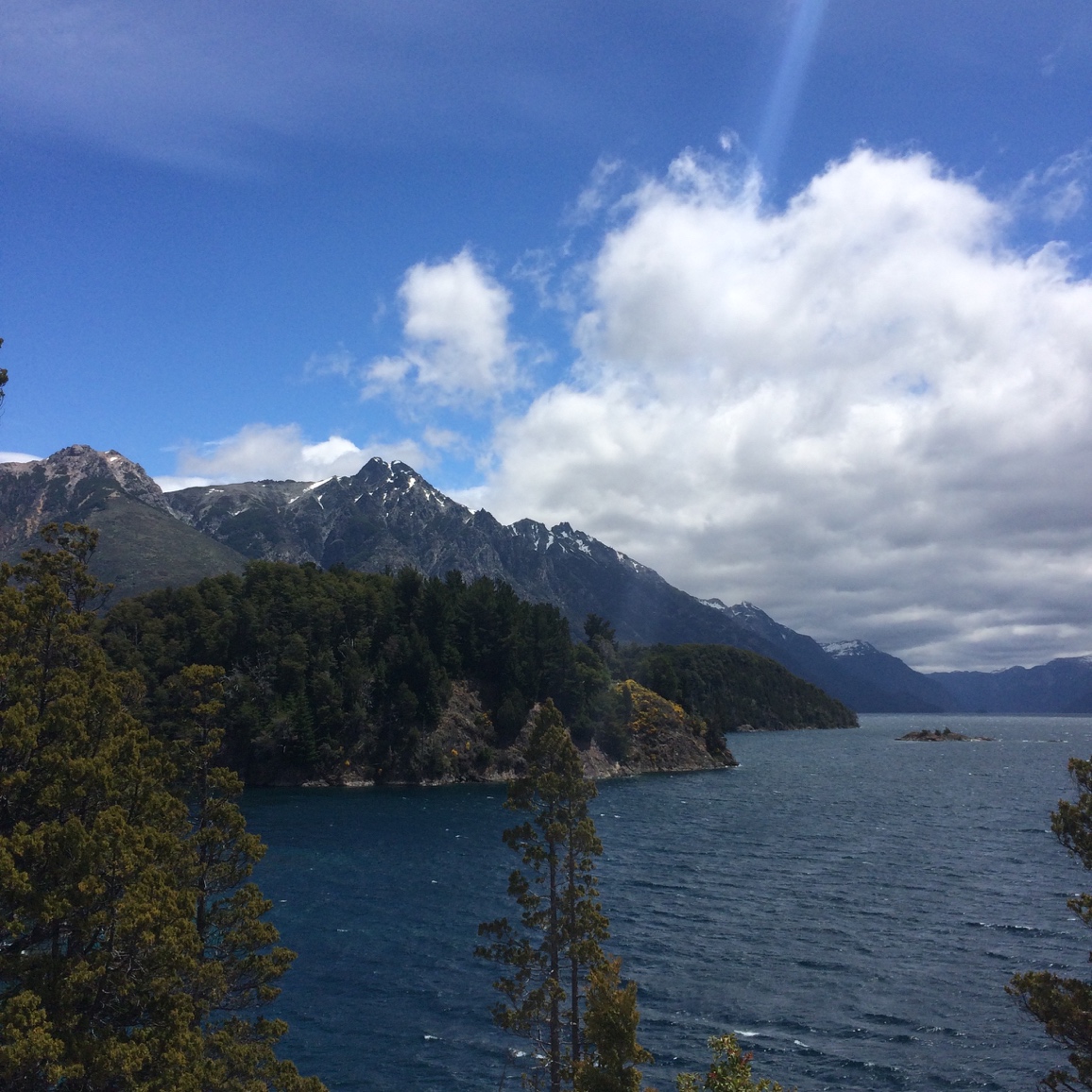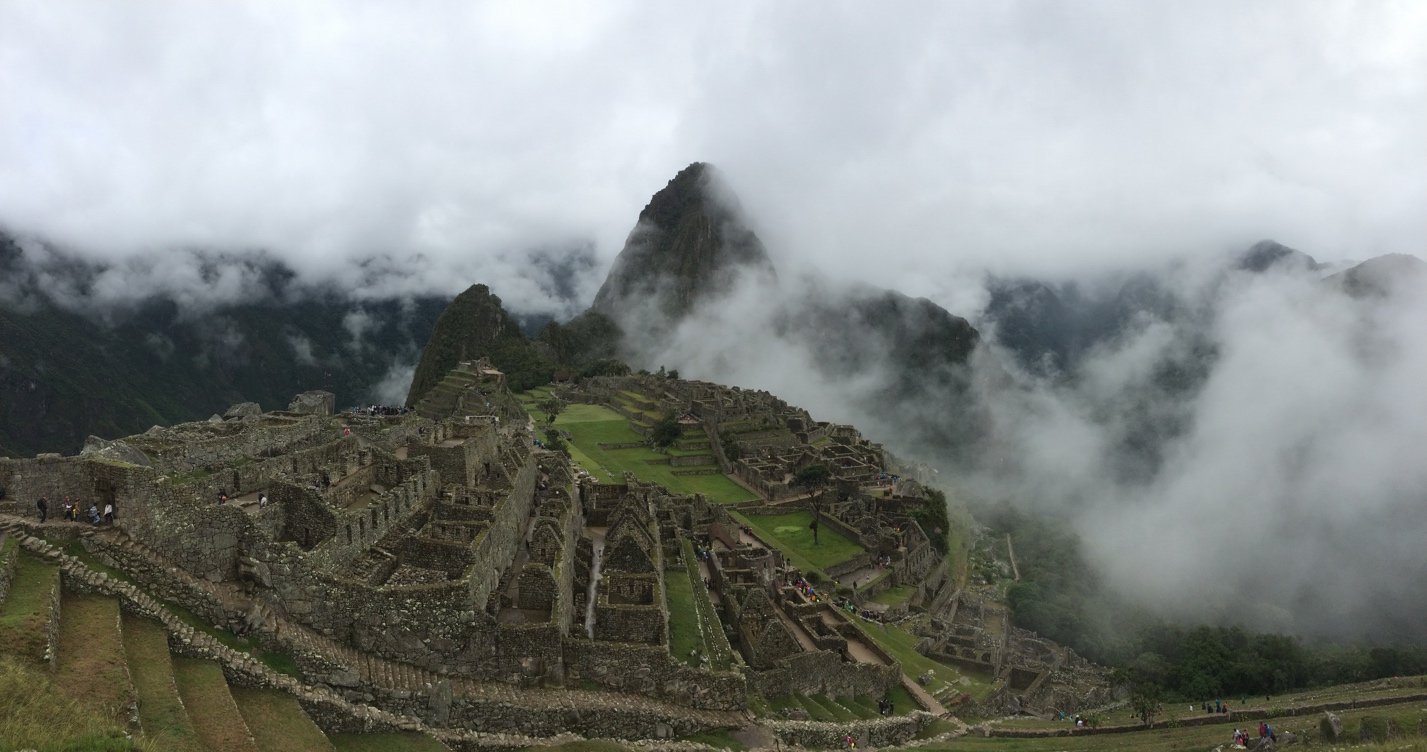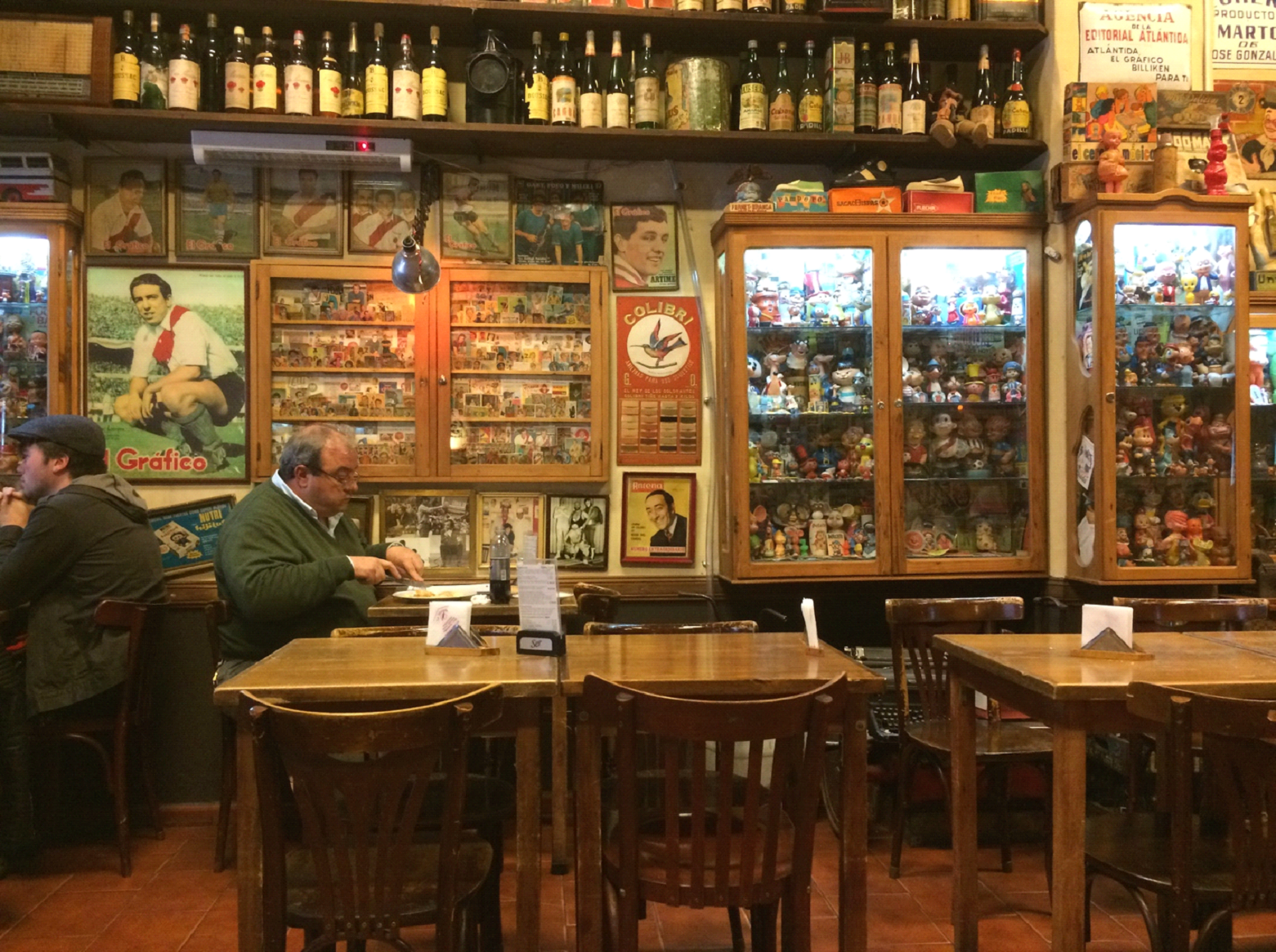There are two sides to Patagonia – the Chilean side and the Argentinian side. Both are on our list of places to visit — so far, only one of us have made it to the Argentinian side. Hopefully, the rest of the team can get both of them in soon. Varud of Bicoastal Cooks, who last wrote about Buenos Aires, Lofoten Islands, Norway, and Ushuaia, Argentina is back with his practical travel tips.
If you would like to write about your recent travel experiences on The Flight Deal, submit your pitch here.
====
There is a reason this part of Argentina has influenced countless artists and writers: it is vast, varied, and truly unique. Patagonia is the region that starts from the southern most tip of Argentina, following up north to combine with land on the Chilean side to finally end roughly around the middle of Argentina. It is a large portion of land, which I had initially completely underestimated, when I started my trip there.
Costs & Practicalities
- Patagonia is foremost a nature lover’s paradise—from hiking, outdoor sports, scenic viewpoints, to tranquil landscapes. Your activities will, for the most part, revolve around the outdoors so I hope you are an outdoorsy person!
- Camping becomes a very popular option, serving as both an accommodation and activity in this area. It’s often cheaper to find camping spots than hostels, while also offering flexibility to fully explore the parks and trails—this is the right way to experience Patagonia. I’d highly recommend picking up some essentials, such as your tent, sleeping pad, and basic cooking gear ahead of time though.
- On the flip side, there are hostels, hotels, and lodge-style accommodations; but be prepared to pay high prices during the peak season.
- Always keep some of the basic cooking ingredients on you (basic spices, rice, etc.) as grocery stores are not fully stocked and sometimes very pricey for even the simple things in areas such as Chalten.
- Patagonian lamb, whole lambs that have been slowly roasted by the fire, is a specialty of this region and a must try!
Transportation
Patagonia is a very, very large piece of land, and despite being a popular location to visit, transportation between the different areas can be difficult, time-consuming, and sometimes expensive. Tip: as much as possible, try to head north on the Chilean side of Patagonia. While not always the best option for time or connectivity, it is usually the cheapest option.
Car – if I had the option, this would be the way I traveled Patagonia. Find a group of people and rent a car so that you have control over your journey here.
Bus – this, on the other hand, will be the most popular option, not out of choice but due to being more or less the only option. Every city/town will have a tourist office to grab the bus schedules. You will notice a couple of companies that seem to, more or less, run a monopoly for certain legs of the trip. I highly recommend packing food and toilet paper before hopping onto these, especially if you are taking the 31-hour ride I endured from Chalten to Bariloche.
Flights – there are a few segments where flights would be a good deal considering the time trade-off (ex. from Ushuaia to Calafate, the flight was cheaper than the bus). These would be best booked ahead of time though. A lot of travelers say that the buses are a great way to see the landscapes of Patagonia, which are in fact beautiful, but buses are honestly tedious after the first couple of hours—take one bus during your trip here, but look into flight fares as well! [Editor’s Note: Intra-Argentinian flights would be a good use of British Airways Avios, American or Delta SkyMiles. BA and AA partner with LAN and Delta partners with Aerolineas Argentina. This could potentially save you money for some expensive flights. When our teammate went, she used Delta SkyMiles to redeem for Aerolineas Argentina flights that were super expensive.]

Patagonia, Argentina – Photo: (c) 2016 – Varud Gupta of Bicoastal Cooks
Bariloche
Welcome to Argentina’s version of the Swiss Alpines. Bariloche is in the area known as the seven lakes district with, as the name implies, many lakes. If starting from the north, this most likely will be your first stop in Patagonia. With Swiss inspired architecture, walking around the city area of Bariloche filled with chocolate and artisanal beer spots (Berlina), as well as one of the best meals I had at Alto el Fuego, makes you feel like you are not in South America anymore. Activities here change between the summer (hikes and water sports) and the winter (skiing). As you head south, you can stop off at El Bolson for a similar but less touristy version of Bariloche—this next stretch south to Chalten is a long ride.

Patagonia, Argentina – Photo: (c) 2016 – Varud Gupta of Bicoastal Cooks
Chalten
Chalten was one of my favorite stops in this region—the town is actually situated inside of the national park, making it perfect for day hikes. The most popular of which is the Lago Torre hike, which takes you right up to Fitz Roy mountain, but a less popular but arguably better viewpoint is from Pliegue Tumbado. The trade-off between having free day hikes and free drinking water from the streams is that the food and living options are restricted, as well as the worst wi-fi connection you will encounter. If you have work or trip planning to do, try and finish it before or procrastinate until after your visit here.

Patagonia, Argentina – Photo: (c) 2016 – Varud Gupta of Bicoastal Cooks
Calafate
The next stop on the trip is Calafate, a town that has built its tourism around the Perito Moreno Glacier. This glacier is gigantic, one of the few in the world that is still growing, and is the world’s third largest reserve of water. Other than the glacier though, there is not much to do in Calafate—a small town that also has food restrictions due to its location. My recommendation would be to keep your visit here as short as possible—spending a day at the glacier and then getting out after.
Torres Del Paine / Punta Arenas
So this chunk is actually not within Argentina’s Patagonia, but it is not only on the way south, but is considered the highlight for many, especially if you enjoy backpacking. Torres del Paine National Park comes on the way from Calafate, and then to continue south, the town of Puntas Arenas will be your stopover. At the national park, you have the option to take several treks; the “W” trek is approximately 5 days, while the full loop is 9 days. From what I saw, people that visited only for day hikes seemed less likely to enjoy the park than people that went for a multi-day hike. If you didn’t bring equipment, the town of Puerto Natales can be used to stock up on supplies and food. [Editor’s Note – here’s some practical travel tips to Torres del Paine, Patagonia, Chile]

Patagonia, Argentina – Photo: (c) 2016 – Varud Gupta of Bicoastal Cooks
Ushuaia
And lastly is Ushuaia, the town with the slogan, “The End of the World,” which rests on the southernmost tip of Argentina. Ushuaia is a port town primarily used for those seeking to either take cruises on the Beagle Channel or to visit Antarctica. There are also penguin colonies in the vicinity, as well as the Tierra del Fuego National Park, which is another great option for either camping or day hikes. This town is one of the largest you will be visiting in Patagonia (after Bariloche) with a lot of food and shopping options along San Martin street. Be sure to experience their specialty of fresh crabs. A couple days should be enough to explore this town before catching your flight out to either Santiago or Buenos Aires. [Editor’s Note: Here are some practical travel tips to Ushuaia, Argentina.]
About The Author:
Varud’s life is food–eating, reading, exploring, and creating. Voted Forbes 30 Under 30 for ‘Most Clueless Individuals’, he jumped ship from his management consultant lifestyle in October 2015 and embarked on a culinary journey to learn about cuisines around the world. His first book documented an experiment in Recipe Development (how to create and gain inspiration for original recipes) while his most recent novel narrates the journey of leaving the US to travel to Argentina and learn about Asado, or Argentine BBQ. Follow him on his blog, Bicoastal Cooks, instagram or Twitter.
=====
To make sure you receive our latest deals, LIKE our The Flight Deal Facebook Page, follow us on Twitter @TheFlightDeal, Threads @TheFlightDeal or The Flight Deal WhatsApp channel or subscribe to The Flight Deal RSS Feed or Subscribe via Email (Once a Day)
The Flight Deal does not sell travel products or services. We provide you with information about third-party travel suppliers’ offers, and link you to their sites. The information posted by The Flight Deal is valid at the time of publication. However, we have no control over the suppliers, and we therefore do not warrant or guarantee that their offers will not change or become unavailable. Nor are we responsible for their products, services or site content. Please see their sites for their most up-to-date offer information and all applicable terms and conditions.
Sign up to receive The Flight Deal Daily DealsLetter, to stay up to date with the latest and greatest flight deals available.




We recently spent a week in El Chalten, again thanks to the deals reported here to get us down there on the cheap. I wrote about the 2 of the backpacking options based out of the town, which has become my favorite trekking town.
https://travel2walk.com/2017/08/04/trip-report-el-chalten-fitz-roy-and-huemul-circuit-march-2017/